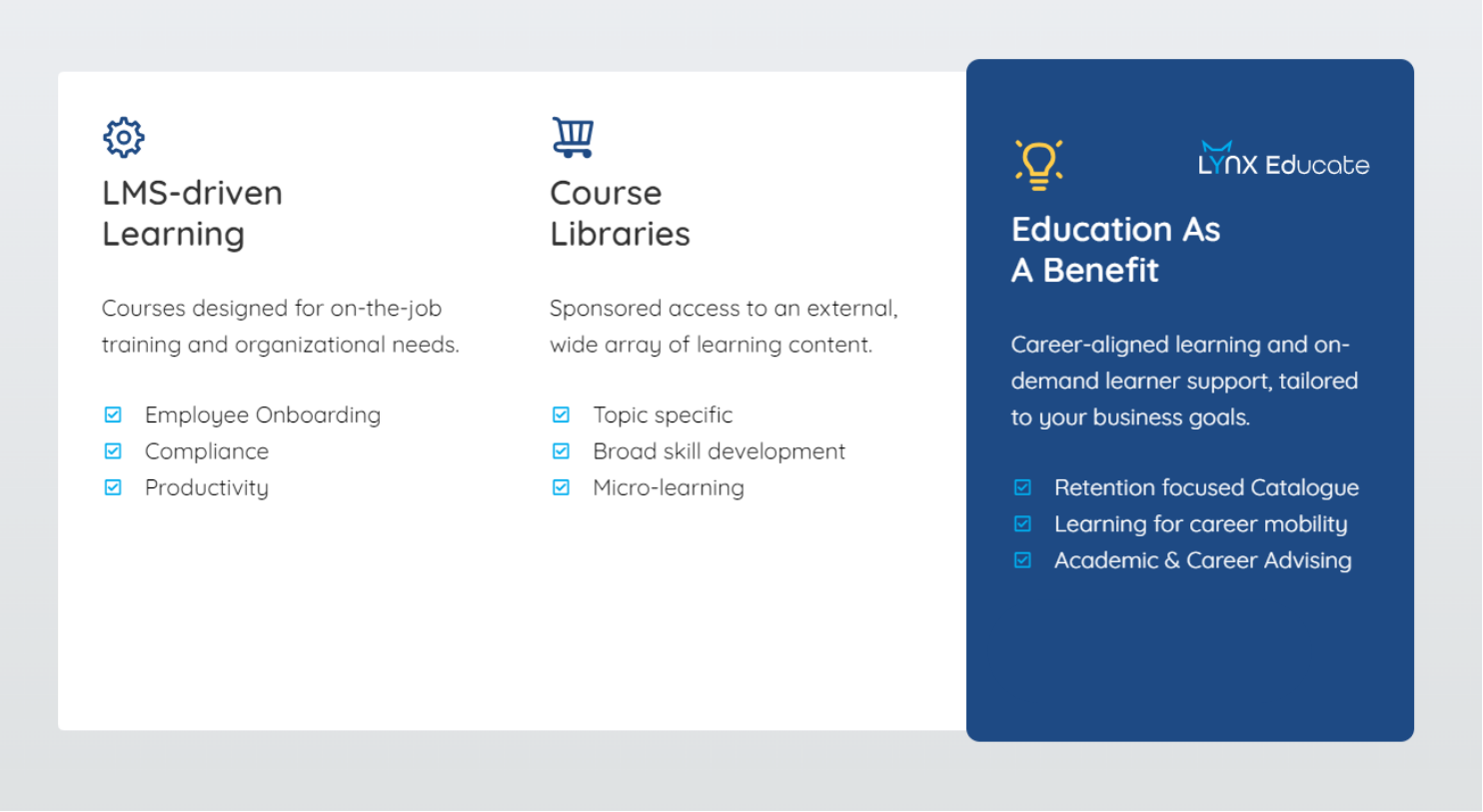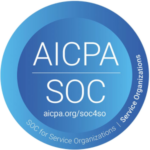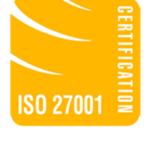In an ever-evolving job market, learning and development (L&D) opportunities are critical to retaining and attracting talent. While there are many enterprise learning solutions on the market, selecting the one most aligned to your organisation’s goals will ensure the strongest outcomes and ROI.
The first step? Understanding the differences between available options to choose your best-fit solution. In this article, we’ll dissect the strengths of three common enterprise learning models — and help you think through how to design your own L&D strategy based on organisational needs.
LMS-Driven Learning
Learning Mangagement Systems (LMS) are platforms that help manage and deliver educational content. LMS-driven learning initiatives are well-suited to organisations that want to provide practical, on-the-job training to employees. This includes training for onboarding, productivity tools, and compliance. LMSs are administrator-driven, meaning managers design, select, and control the content available to learners.
Choose this type of learning solution if you’re looking to train your workforce for immediate, in-house needs.
Content Libraries
Content libraries offer a repository of multimedia learning resources to employees. This type of enterprise learning solution grants workers sponsored access to a wide array of content from external learning providers. Courses are short (hours to weeks) and offer topic-specific training.
Examples of resources found in content libraries include:
- Excel: Introduction to Charts and Graphs
- Building inclusive teams
- Python for Non-Programmers
Choose this type of learning solution if you’re looking to offer your workforce a broad range of learning content and an opportunity to learn about new topics and develop specific skills.
Education as a Benefit (EaaB)
EaaB approaches employee L&D through a holistic lens. EaaB learning solutions offer career-aligned training designed to promote employee retention and engagement. EaaB providers collaborate with client companies to build a retention-focused catalogue, targeting skill development to support business needs and employee interests.
In contrast to content libraries which primarily offer employees the opportunity to learn about a topic, EaaB solutions offer longer, more extensive programmes (weeks to months) to help workers step into a new role or career path. To support meaningful career mobility, EaaB solutions often feature personalised coaching and career advising opportunities for learners.
Choose this type of learning solution if you’re looking to improve employee retention and provide pathways for career mobility through a customised catalogue curated to specific organisational needs.
Conclusion
Each type of enterprise learning solution offers nuanced strengths to plug specific needs. Often, companies may find they need a hybrid blend of learning solutions to meet the demands of an ever-evolving, ever-diversifying business landscape. EaaB solutions, for example, can be integrated into a company’s existing LMS to streamline employee access to learning.
Selecting a provider that is aligned to your organisation’s objectives will ensure the strongest outcomes and ROI.
Before choosing a provider, consider the following:
- What are the main objectives of your L&D strategy? (Retention? Skill development? Compliance?)
- Who is responsible for implementing and monitoring your L&D programme?
- What is your L&D budget?
- How will your L&D strategy align with current and future workforce skill gaps?
- What are the preferred learning styles of your employees?
- How (and at what frequency) will you measure the success of your L&D strategy?





